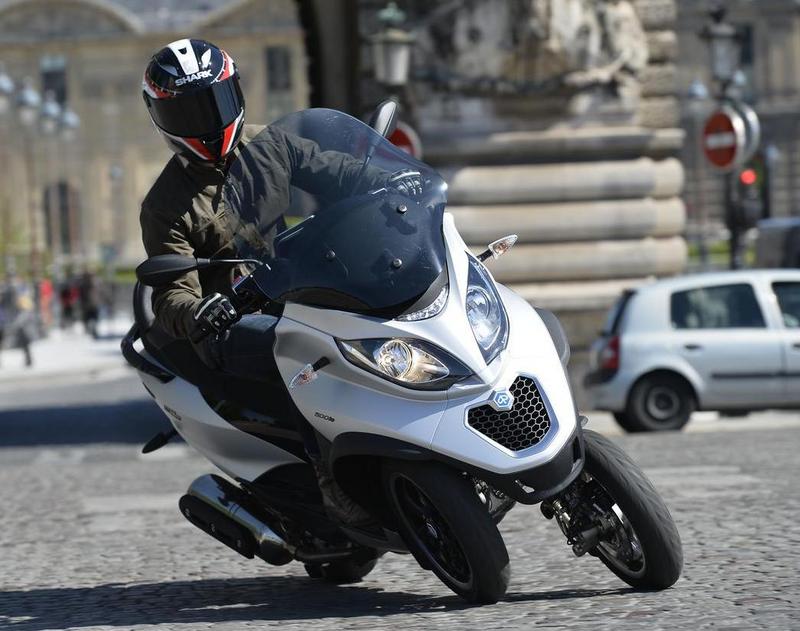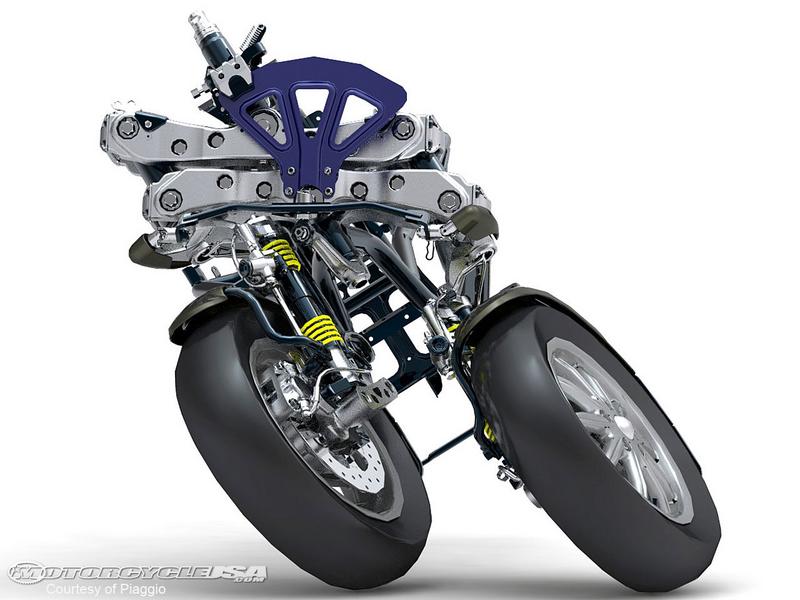If the axle height *is* the center of mass (isn't always, you'd have to determine that for your trike/rider combination, and it will change when you change mass location on the trike, cargo, have different mass on the tilting portion, etc), then it might be the best compromise.
But if the axle height is not the center of mass, then axle height is probably not where you want the pivot.
You may have to experiment with where it goes, based on how it rides after you build it...which is a PITA because it may require rebuilding a number of parts to do it. :/
That was how I was going to determine it, back when I was considering turning the BarkFiet idea into a trike (though I never have gotten back to that design to do anything with it--SB Cruiser trike has been useful enough on it's own, and much simpler design. Due to SBC's low center of mass, and having the heavy hubmotors in the rear wheels, it's pretty stable in turns even at speeds nearing 20MPH. Would have to be wider or lower COG to do it faster than that. If I moved the seat down a few inches (taking space away from the cargo seatbox) and removed the canopy and rear top rack, it'd be enough lower COG to possibly just exceed 20MPH as the turn limit without pulling the inner tire off the ground. But even right now, I've never tipped it over or lost control of it in a turn, even under circumstances where the inner wheel does come up off the ground.
Regarding a locking mechanism, a number of people have simply used a cheap disc brake rotor on one side of the pivot, and a cable-operated cheap caliper on the other, using a locking brake lever (parking brake style) on the bars to control it.




